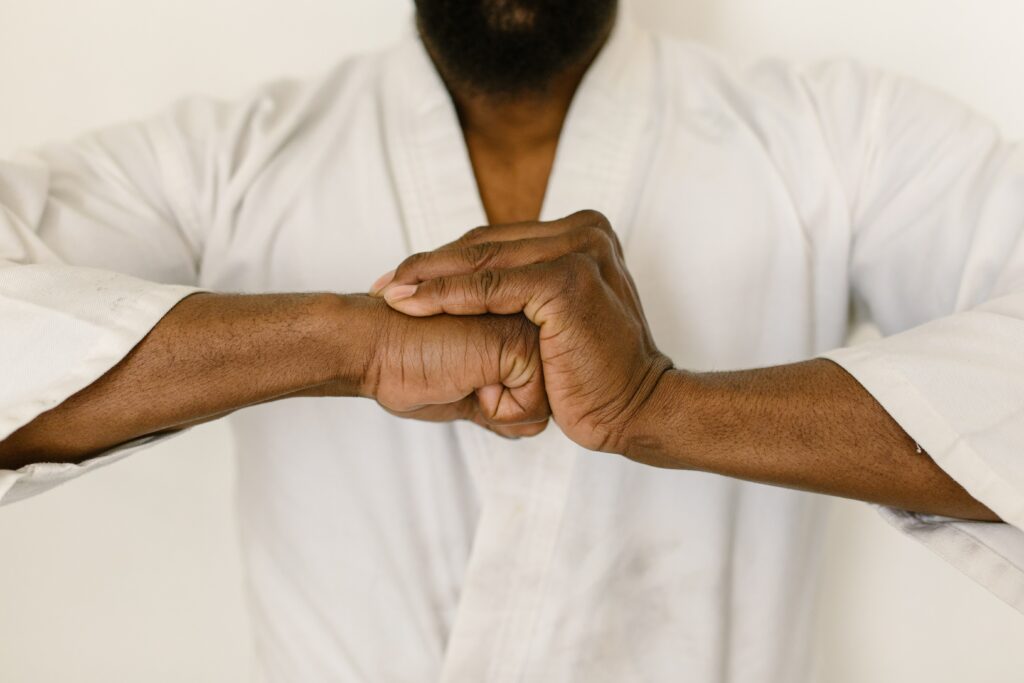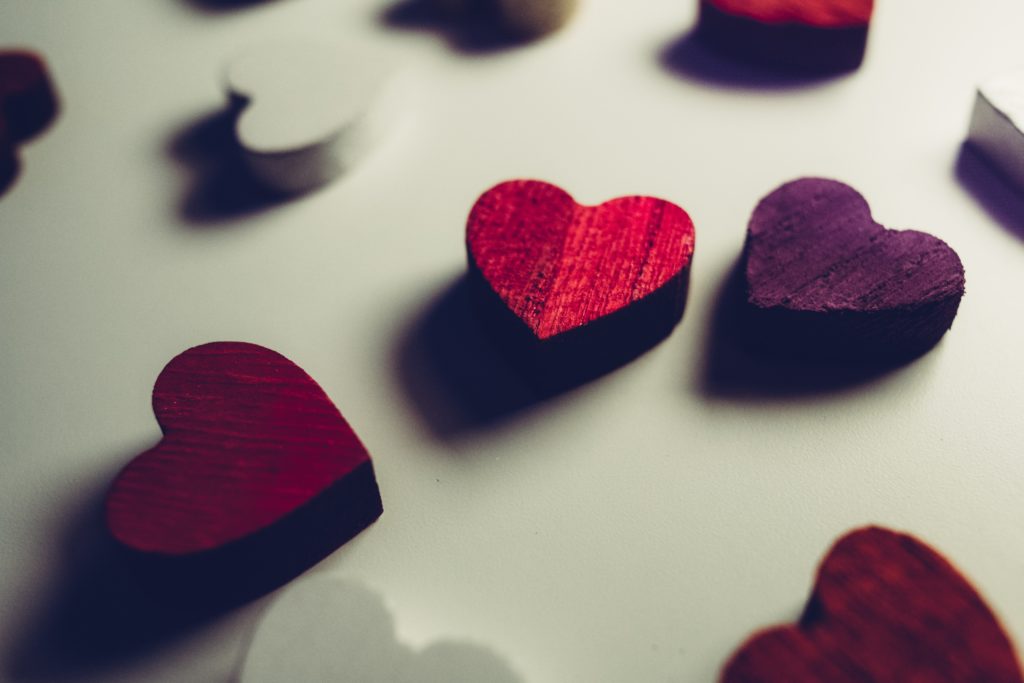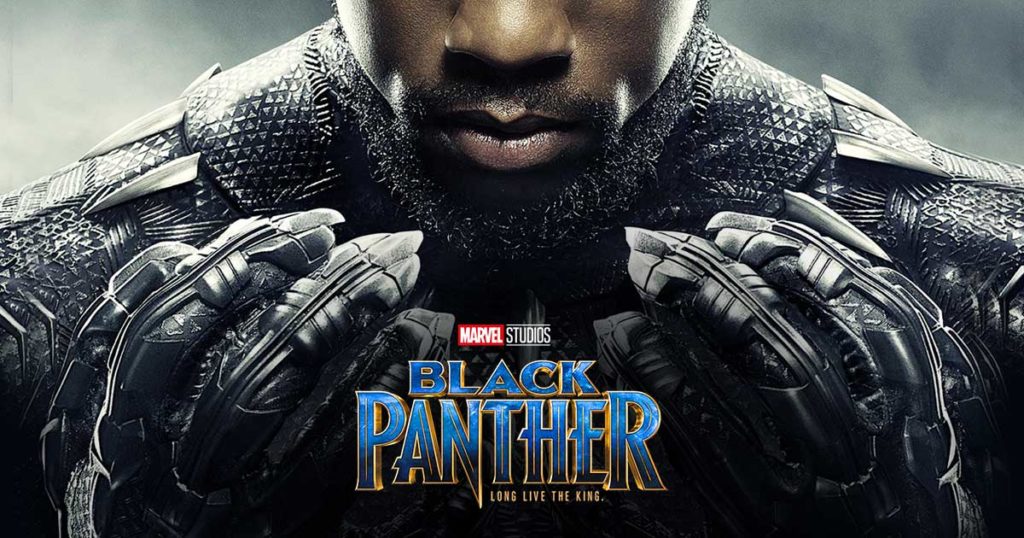I happened across a video a few years ago and after I was done laughing, the wheels that let this blog work started to turn. When we think of weebs, (or Otakus for the uninitiated, or, to even further oversimplify, Anime lovers) in the West, what comes to mind for you? Right or wrong, the image of white men are the first thing that comes to mind, and very rarely does the image of them have to do with weebs celebrating physical skills. But when I think of some of the biggest fans of Anime – specifically Shōnen – my mental image is that of athletic and talented Black men. So, why DO Black men love martial arts?
There is a type of video that shows up every so often of a bunch of young Black guys (sometimes the occasional Asian guy) hanging out reenacting some of their favorite scenes from anime but with a Black twist. Some of the biggest fights I heard in school were about who could win, and when so many Black guy memes have Goku as a primary figure, it’s obvious there is a deep love for the medium, for the values, and lessons one learns from these shows.
Is it just my generation?
Then I recalled all the heated debate around the best fighters in various sports like boxing, the intense love of martial arts films and the amount of Black guys referencing this love in their groups, think about the number of guys I know who at one point once and even now still practice martial arts or have chats about how these practices are good for the community in a variety of ways.
This goes beyond Drip Goku, beyond Naruto dance battles in fields, beyond Killmonger having DBZ references in his design in black panther the movie and the follow-up clothing line. So the question became, why? How did so much of other cultures get so woven into Black life and identity despite being from across the globe? Most importantly what does it represent in the culture?
Alright, let’s get into it!
Our story starts long ago, in India. Oral tradition points to a practice called Kempo practiced by Buddhist monks in India. It is said that the monks brought the practice to China along with Buddhism. There it stayed and developed for about 2000, before traveling with people to Ryukyu kingdom around 1400. Ryukyu Kingdom was a tributary of China at the time. There was a native martial art to the area, Te. An art primarily passed down orally to the upper class in secret, Te stayed unknown until the Chinese martial art that developed out of Kempo, was brought over. In time, these martial arts influenced one another and the new style became known as Tote, or ‘China Hand’.
Now, there is hundreds of years of history I have to gloss over because you may have noticed that this story is older than even Slavery in the US. There will be lots of resources to keep reading if you want to know more, but a basic understanding of this background is important to this story. Around 1600, a Tokugawa Shogun (Shogun – a military ruler from what would become Japan) moved towards conquering the Ryukyu kingdom. Tote became more popular while still taught in secret to go against this oppression, becoming a manifestation of physical, cultural, and mental rebellion. It spread and changed in different areas, developing sub-styles.
But, this didn’t last.
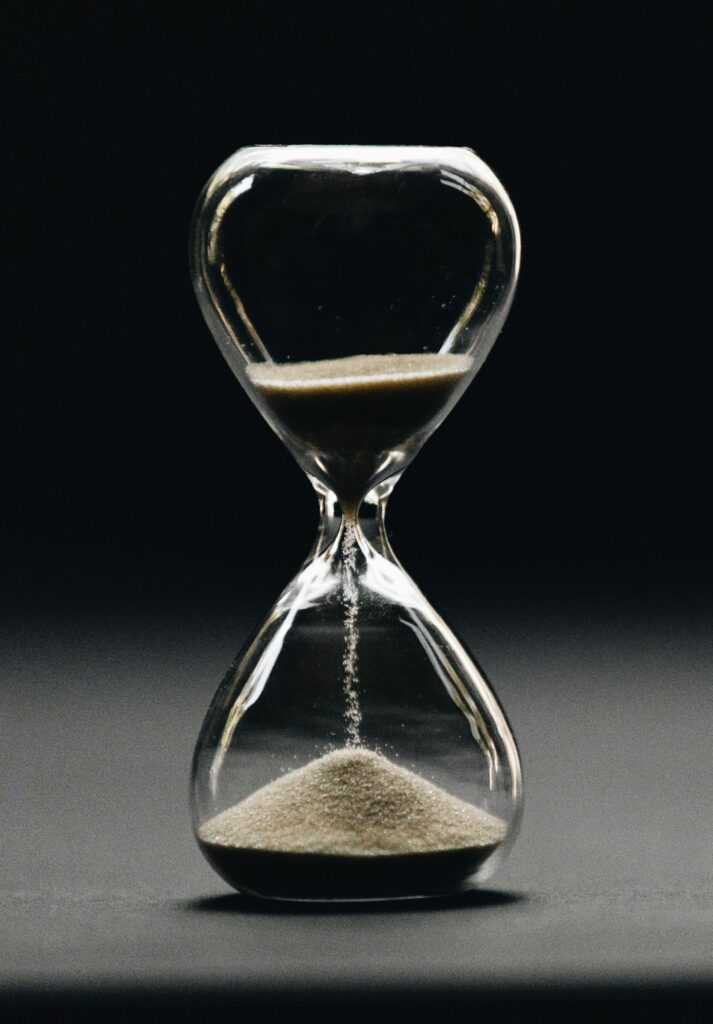
Ryukyu was colonized by Japan and was renamed Okinawa. This renaming was the beginning of many changes to the “colony” and major pushes were made to assimilate Ryukyu into Japanese culture. When Tote was finally “discovered”, it was taken back to the mainland and changed to be more “Japanese” and integrated into Japanese military and imperial values. Its Chinese heritage was erased due to xenophobia and years of war because the Chinese were seen as lesser. It was renamed. Its new name? Karate.
Of course, there is a lot more to it, but moving forward what one needs to know is these main ideas. The Japanese and the Chinese do not like each other. The umbrella term Gong Fu/Kung Fu is used to describe Chinese martial arts today and therefore, Karate’s lineage can be traced back to Gung Fu/ Kung Fu Traditions. There is lots of war, violence, particularly in and over Hong Kong.
By the 1950s ish, there was a culture war being fought in the landscape of film. Hong Kong, after years of creating a market for Cantonese cinema, began picking up nationalist ideals (despite having simultaneously issues with the Mandarin market and their “adoption” of Kung Fu films) and Kung Fu Films became a medium of Chinese self-defense against Japanese idealism. Meanwhile, the Japanese were creating films based on the samurai and their movement towards western ideals and pushing those films internationally.
…
Meanwhile, on the other side of the world…
…
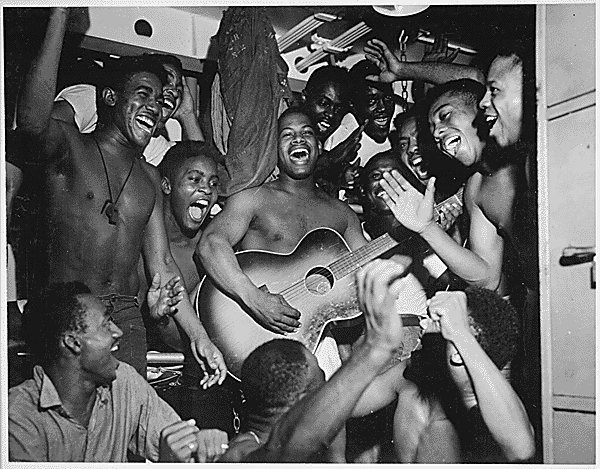
A different battle was waging. Karate had been integrated into the military practices of the US and many GIs returning from WWII decided to open up dojos. White GI’s could buy homes and go to college, which was out of the reach of many Black men. So they opened their own places to teach. Many Black boys enrolled or were enrolled as a way of enlisting discipline, self-protection and morals. These dojos became safe places outside of the church for youth to be at after school.
At the same time, the discontent with the situation of inequality in the US was getting worse. Black GIs, despite having returned after fighting for our country, found themselves often being treated worse than in other countries they’d been stationed in during WWII. The idea that we could be respected by integrating into White American life was been shattered. Black Americans started the civil rights movement and by the time it “ended” in ’68, a lot had changed in the younger Black population.
When movie theaters in the Black parts of town had cheap showings, many flocked to the theater. What was showing? Kung Fu films. The movies were being imported from Hong Kong on the cheap and were shown round the clock. The rise of Blacksplotation films, as they were one of the few ways to see Black people on screen, were popular. Yet they were also filled with stereotypes and biases. White creators seeking to capitalize on the new market of Black people were oblivious to this mixed view. So many Black folk could be found during many of the all-day and late-night showings of Kung Fu films.
The Impact!
With that, they became a sensation in the Black community. Why? A lot really hit home. Although the main characters weren’t Black, they also weren’t white, which was more important. On the screen were images of strong men of color proving it wasn’t just white people who could be heroes. Many of the values that came out of the Black Power movement could be seen in these films; ideas like hard work, discipline, power and restraint, rising above were and more were on cinematic display.
These stories often centered on ideas of struggling against and overcoming prejudice, social inequality, and racial discrimination too, but through the lens of Hong Kong’s resistance of Japan. Bruce Lee, as a prominent Cantonese figure, specifically challenged and combated the ideas of Japanese superiority. Not to mention the Mandarin co-oping of the industry. He stood up for and promoted Karate as coming from Kung Fu and showcased Kung Fu on film. Playing a major role in the shift in styles of these films away from mirroring Japan with its mystical and weapons-based martial arts films, Bruce Lee instead used his body to showcase many styles but also to defeat his enemies.
Seeing yourself in someone else’s story?
At the time Chinese men were being stereotyped as weak, or sick men. Bruce Lee literally combated that concept in his films. He proclaimed that they were not sick men, and kicked down signs that said “No dogs, no Chinese” and more. The struggles echoed many of the experiences and struggles of being Black in America and that spoke to people.

These films have had a HUGE and lasting impact on Black culture, particularly, I’d say, with Black men. Black men started to be in Kung Fu films and making their own films with Black martial arts heroes. Even some Blackploitation films’ heroes practiced martial arts. This first wave of films stayed popular until 1990s, with many becoming beloved within Black families. This love permeated the culture, and its influence can be found everywhere, in music and art to style, in subcultures and martial arts in the Black community today.
After that heyday, martial arts films incorporated humor into the films to bring them back into theaters in the US. Along with Bruce Lee, many kung fu stars are still seen as beloved icons in the Black community. Be it Black youth growing up in dojos, old Black men rewatching films and still arguing who is best, kids reenacting stunts in parks, sampling and paying homage to Asian music, or the quiet obsession of many younger Black guys with anime that highlights martial arts, that love and appreciation for martial arts has expanded beyond watching Cantonese Kung Fu practitioners who stood up against imperialism, and has become a lasting appreciation of many martial arts and the ideals behind those practices.
It is exactly the roots of Kung Fu and the films that came out of Hong Kong that allowed it to resonate so strongly with Black audiences.
What now?
We often think about history in a vacuum, be that limited to a single country or even acting as though the past is just the past. In reality, the world is more connected than we realize. Have you seen any of the classic Cantonese Kung Fu films? Why do you think they spoke to Black people so much?
If you like its writing or this blog, consider supporting me on Patreon! Patreon is being revamped and if you are interested in the research materials I found (and more!) you’ll want to be there. This site is supported by it’s readers and I have a goal to really improve the site with tired, tired editors, who I can’t do without! If these methods of support aren’t possible, consider these ways of support!
